14. Fucking Åmål (Lukas Moodysson, 1998)
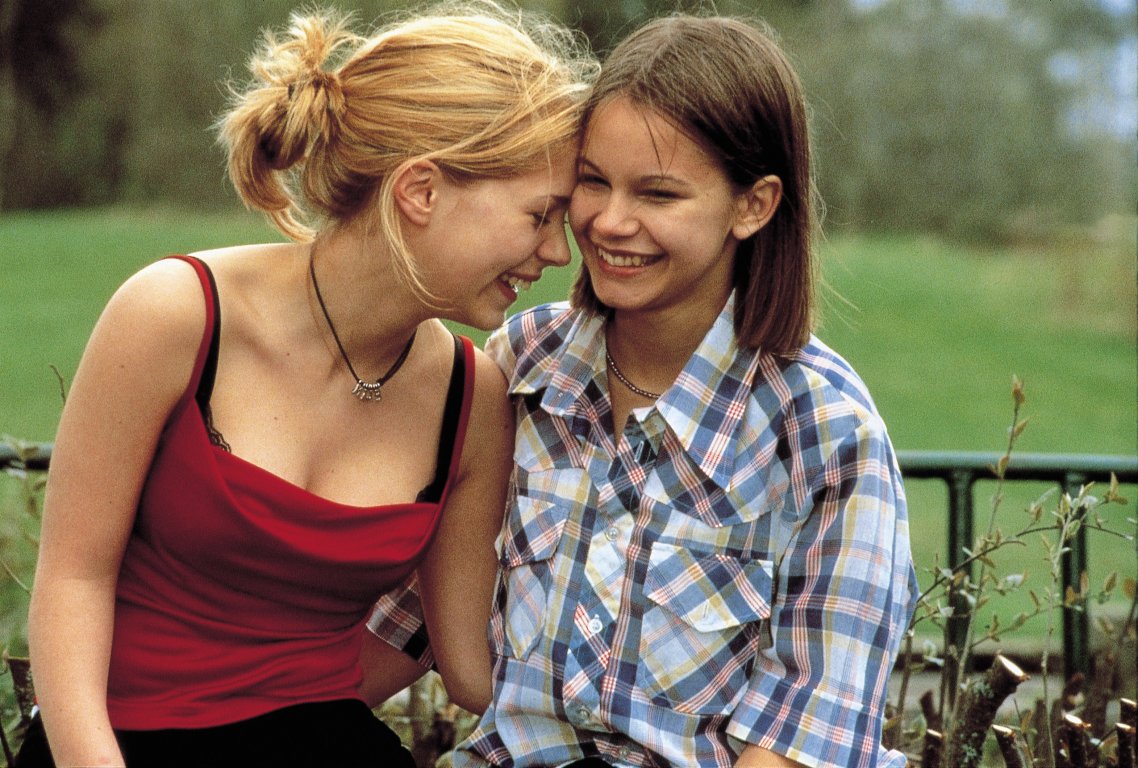
There is a common demand against queer film history from theorists. Queer films are supposed to shake the notions of gender, contradict heteronormativity, and defy the patriarchy. Thus, it is an important symptom of male rules and patriarchy to see how male gay relationships have always a much wider space than female relationships.
Lesbianism hadn’t been as present in mainstream films, but neither in underground or independent ones. This is a fact also present on this list. That is the main reason why “Fucking Åmål” won a place in queer cinema history.
The film was a big hit in Sweden, a place where it’s interesting to see a film like this. In a country where gay rights have developed quicker than the rest, to make a film like this doesn’t look like a big issue at first. But with “Fucking Åmål”, Lukas Moodysson showed how the theme was more complex than that, and how rights are only one of the steps of a change of mind in society.
The film was widely accepted, but Moodysson pointed how most of critics avoided talking about the lesbian relationship, claiming how the film was universal. Even if they are right about the universal feel of the film, most of the time it looked like they didn’t want to talk about the issue directly. When something is considered so accepted by society, it doesn’t mean that it’s no longer a matter of discussion, and the candid camera and shy adolescent feeling of the film gave it a pretty way to discuss again.
15. O Fantasma (João Pedro Rodriguez, 2000)

The first feature by Pedro Rodriguez surprised Portuguese audiences with its dream-like atmosphere that made it difficult to recognize Lisbon. The film directly addresses Pedro Rodriguez to some critics of queer influence in Portuguese artistic circles. The director made a response with a film that doesn’t hide much, and with an erotic imprint in every camera and body movement.
Rodriguez took to the screen some of his own fantasies with a cheeky attitude admitting that, for example, he always had an attraction to garbage dumpsters. The main character of the film, a garbage dumpster, works as a kind of erotic ghost wandering through city and subverting desires.
Few filmmakers had been more explicit about defying gender and applying queer theory. The character is not gay, having one sexual encounter with a woman, neither is he bisexual. Rodriguez asks and puts trouble around sexual definition. This will be a theme again in his following films, but “O Fantasma” is interesting as his breakthrough piece, and as a complex and beautiful queer tale.
16. Hedwig and the Angry Inch (John Cameron Mitchell, 2001)
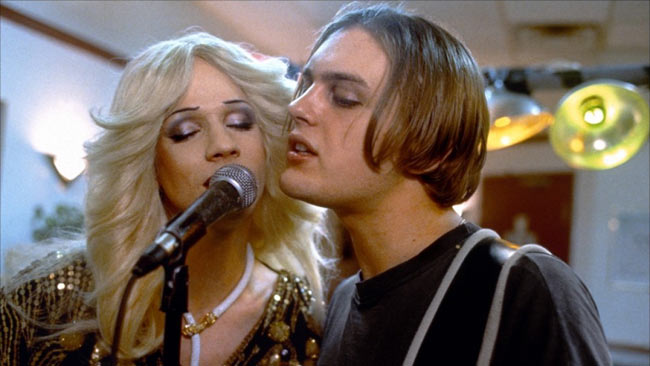
There is no film capable of taking gender construction so seriously without losing an inch of its entertainment value as “Hedwig and the Angry Inch”. The transsexual punk star guides us through her life in 90 minutes, jumping from one moment to another in a free and catching narrative.
One of the most interesting aspects of the film is how they take back the sexual attitude to punk. After the big punk rock breakthrough with Sex Pistols or The Clash, the genre quickly converts to a masculine world with a macho aesthetic. “Hedwig” takes back the genre to the New York Dolls and David Bowie roots, making the transgression not only a matter of lyrics and attitude, but also clothes and body.
17. Tropical Malady (Apichatpong Weerasethakul, 2004)
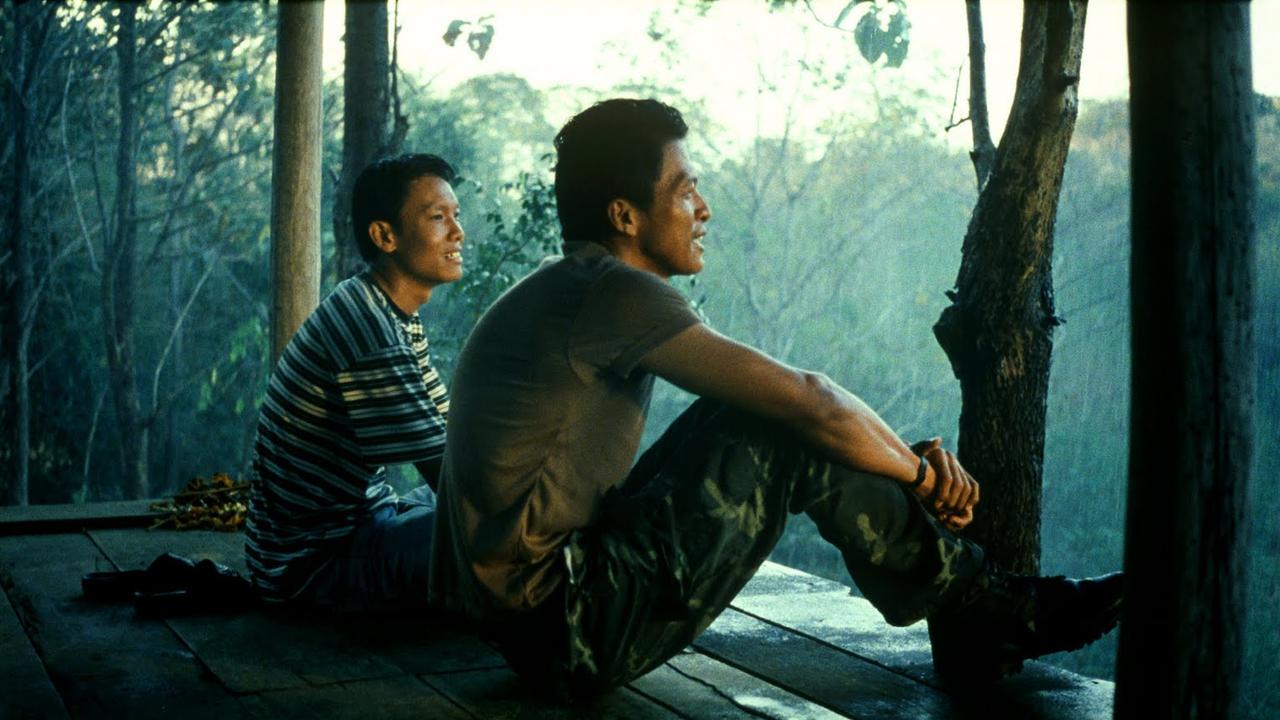
“The lovers in ‘Tropical Malady’ become suffocated by their love because it is so right, so natural”. With these words, Apichatpong Weerasethakul explained the conflict for his lovers in the first part of “Tropical Malady”. Lots of Queer films play around showing the nature of love, no matter the sexualities involved. With “Tropical Malady”, this nature of love is searched throughout the movie, and in like in other films by Weerasethakul, myth and reality are blended together.
“Tropical Malady” is presented as film in two parts, and turned out to be a challenging experience for the audience. How are the love story between a soldier and a country boy linked with the Thai myth of turning into a creature in the middle of the woods? Not centering on clarifying this, the second part of the film covers the first with the same mythical aura.
It is a natural love story, an interruption of the lives of both, a moment where they are able to find peace in the middle of an affair in the woods. The acting of the people in the village reinforces this magical touch; they see the couple and they feel comfortable with them, even happy. Natural love can be a myth as powerful as a man turning into a tiger.
18. Weekend (Andrew Haigh, 2011)
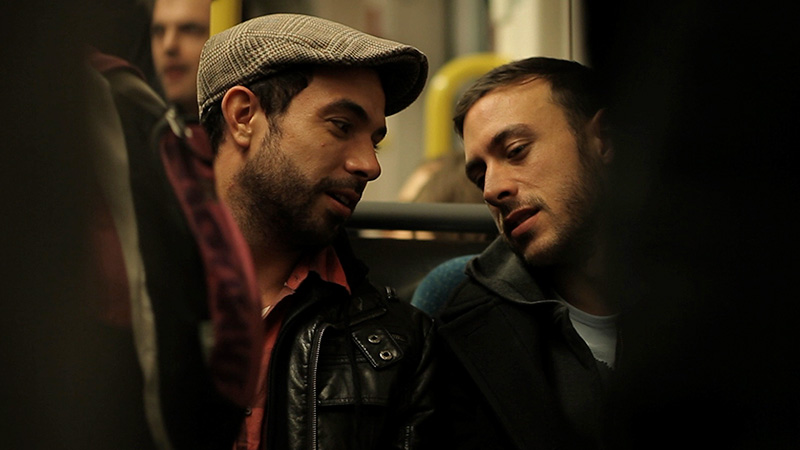
“Weekend” is a film that is placed in-between of the two attitudes of gay themes on film we’ve seen before on this list. It is a film that works as a tolerance prayer, showing how a homosexual romance is equal to any other, but at the same time containing some sex scenes that are difficult to imagine in previous works.
“Weekend” doesn’t have the same insolence as “Pink Flamingos” or “The Living End”, but succeeds in involving the audience in this tale of love. The film opposes the advances on society about the LGBT community with an everyday routine that proves how homophobic comments are common. Above all, “Weekend” is a film about falling in love and how unexpected can it turn out.
19. Stranger by the Lake (Alain Guiraudie, 2013)
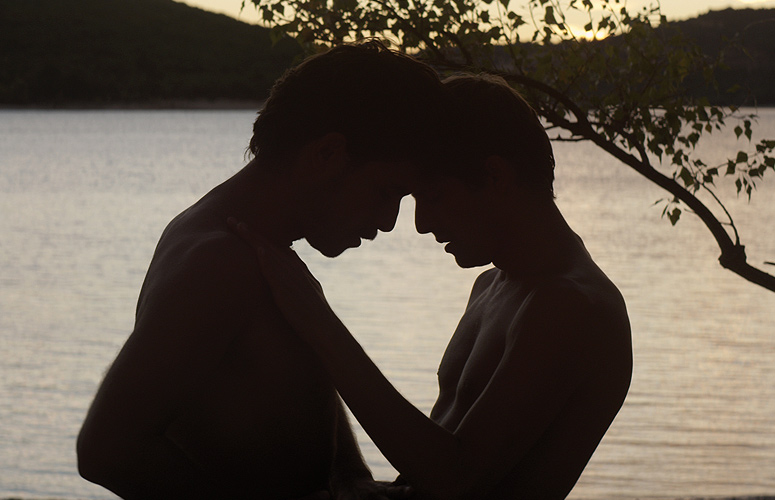
“It means ‘strange,’ ‘bizarre,’ but I want to move the representation of homosexuality away from strangeness,” was Alain Guiraudie’s answer when asked about the queer aspects of his film. It is not a coincidence that one of the last entries on this list contains the biggest number of sex scenes, and the biggest number of genitalia we can see onscreen.
Whether it is a matter of society or the evolution of film ratings, this data can tell us a lot about the actual condition of queer cinema. But in Guiraudie’s case, the explicitness of his scenes is a way of being provocative. Even if the director’s idea was to take out that strangeness, the film is difficult to understand with its many different sex scenes in the middle of creepy contexts and scenes. Love and death become part of the same impulse in Guiraudie’s film, where a murderer threatens a cruising place.
20. Blue is the Warmest Colour (Abdellatif Kechiche, 2013)
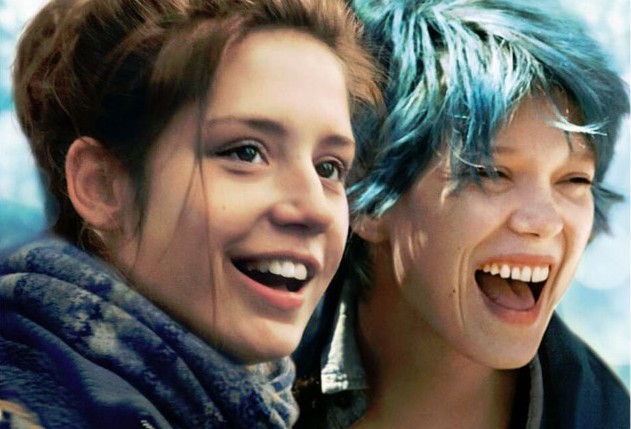
The first queer-themed film to win the Palme d’Or at the Cannes Film Festival summarizes much of the social changes seen on this list. The widely acclaimed film didn’t have a reaction with critics and audiences afraid of speaking about lesbian issues. The film was so directly an exploration of the theme that caused everybody to discuss it.
The film wasn’t read with innocence, putting a debate around how the erotic sex scenes were under a way too heterosexual point of view or not. This criticism became bigger with scandals about the director being compulsive and aggressive with crew and protagonists.
“Blue is the Warmest Colour” is, in the end, a simple coming-of-age tale, and a tale of how can we build identity through sexuality and relationships. But the reception of the film is as interesting as the film itself. With a more developed and widespread queer theory, the discussion around the film has been richer than in previous decades. More than considering this as a kind of “queer victory”, it shows us how the road to discussion is better constructed now, so we should continue discussing.
Author Bio: Héctor Oyarzún is a film student in the Valparaíso University of Chile. Since he was a kid, his most important occupation is watching films. He also likes punk music and playing guitar.